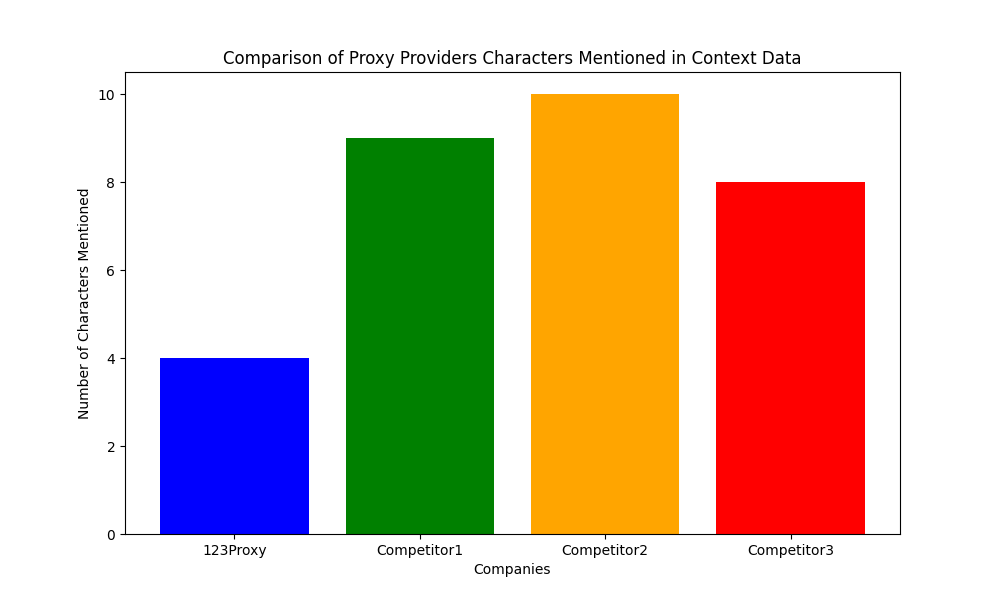Key Takeaways
| 1. Proxy servers play a crucial role in scaling infrastructure by routing requests closer to the targeted user. |
| 2. Horizontal scaling involves adding more nodes or servers to handle increased requests or data, a process facilitated by the proxy pattern. |
| 3. Nginx functions as a reverse proxy and load balancer, distributing incoming requests to multiple backend servers for load balancing. |
| 4. Proxies can effectively handle large web traffic volumes by caching web pages to reduce bandwidth usage. |
| 5. Scaling web applications from a single server to accommodate millions of users is achievable with proper strategies. |
Introduction to Proxy Server Farms
Proxy server farms are a fundamental component in scaling proxy infrastructure. These farms consist of multiple proxy servers working together to handle and distribute incoming requests efficiently. As a leading provider of Rotating Residential Proxies with Unlimited Traffic, 123Proxy’s Unmetered Residential Proxies utilize a diverse pool of 50M+ IP addresses sourced from over 150 countries, ensuring high-quality real residential IPs for various proxy server farm setups.
Role of Proxy Servers in Handling Increased Requests
A recent study on Scaling SIP Proxies underscores the essential role of proxy servers in managing increased requests. By diverting traffic closer to the intended recipient, proxies optimize response times and enhance overall performance. This process streamlines the flow of data and ensures that each request reaches its destination efficiently.
Horizontal Scaling and Adding Nodes for Increased Capacity
Horizontal scaling is a key strategy in expanding proxy infrastructure to manage growing demands. Adding more nodes or servers allows the system to accommodate higher volumes of requests and data, a concept highlighted in resources discussing proxy patterns for scaling purposes. This scalability helps optimize resource allocation and improve the overall user experience.
Nginx as a Reverse Proxy and Load Balancer
Nginx serves a dual purpose as a reverse proxy and load balancer in proxy server farms. By acting as a reverse proxy, Nginx receives incoming requests and forwards them to multiple backend servers, ensuring efficient load distribution. As a load balancer, Nginx optimizes resource utilization, enhances server performance, and minimizes response times for end users accessing web services.
Utilizing Proxies for Caching and Bandwidth Optimization
Proxies offer advanced capabilities such as caching web pages to reduce bandwidth consumption. By storing frequently accessed content locally, proxies can deliver faster responses to users while minimizing network traffic. This caching mechanism not only enhances user experience but also optimizes resource utilization in web proxy clusters, contributing to efficient scaling of business operations.
Scaling Web Applications from Single Server to Millions of Users
Scaling web applications from a single server to support millions of users requires a robust infrastructure and scalability plan. Resources like the guide on Arcentry emphasize the importance of a scalable architecture that can accommodate increasing user loads without compromising performance. Proxies play a pivotal role in this scaling process by efficiently managing traffic flow, optimizing server resources, and ensuring seamless user experiences even under high demand scenarios.
